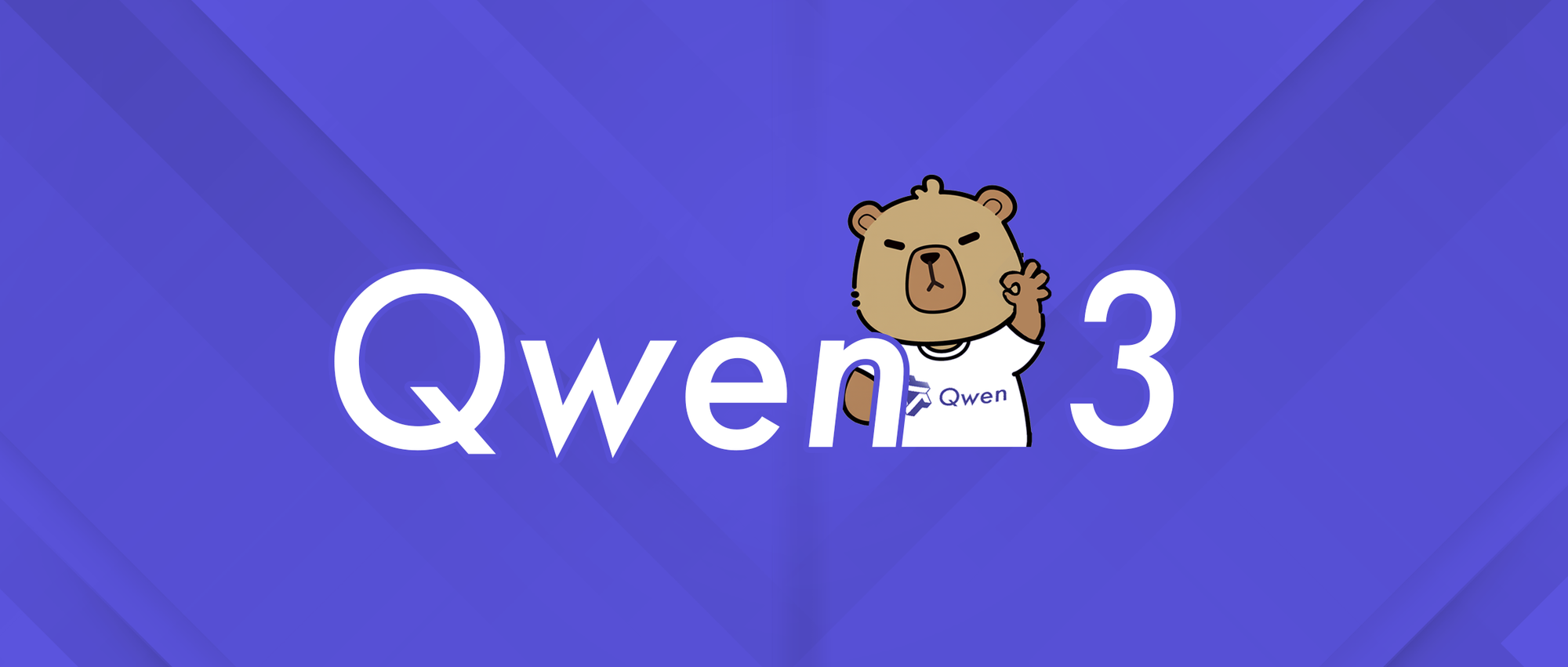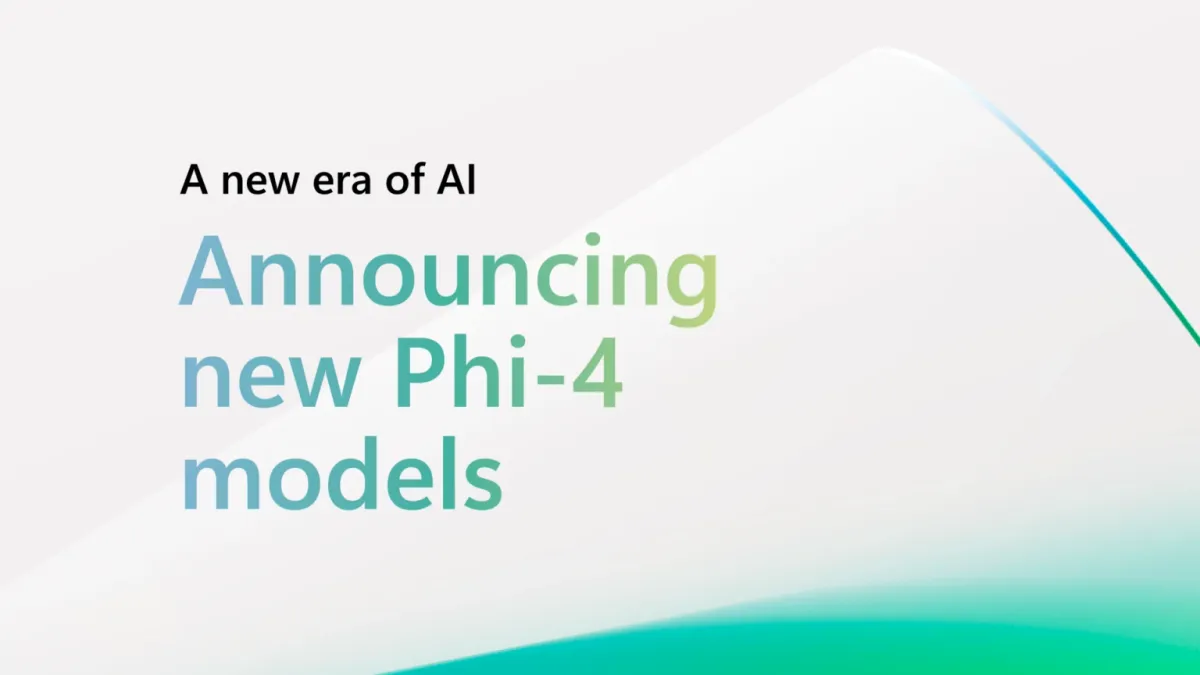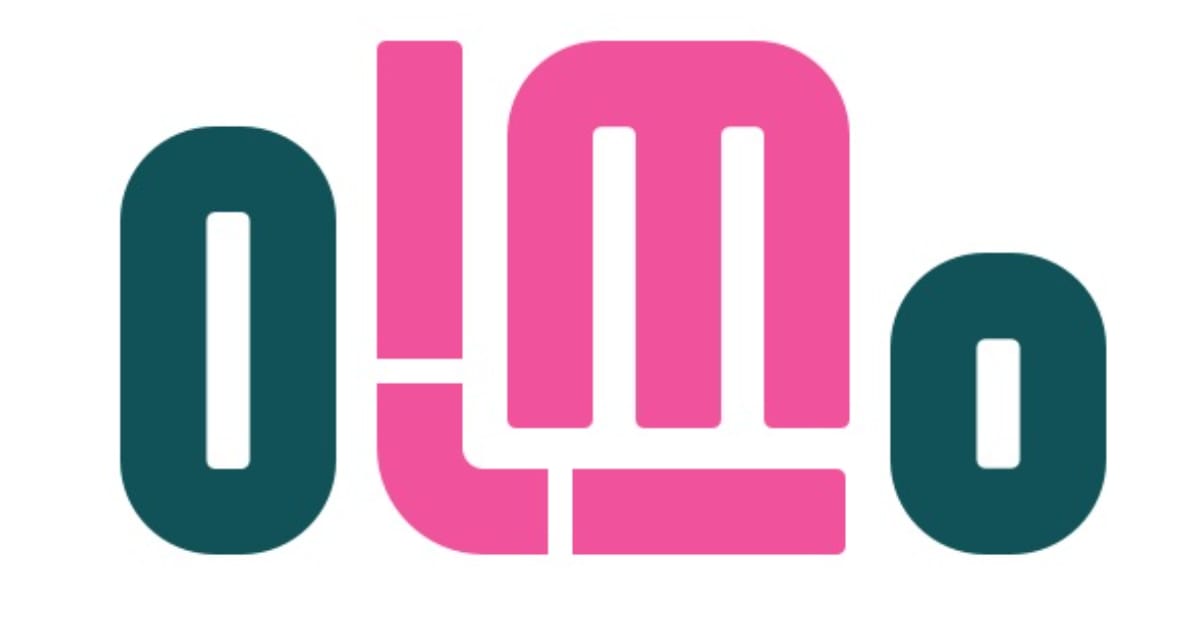The recently launched Qdrant Hybrid Cloud, powered by Qdrant's Kubernetes-native architecture is "the industry’s first managed vector database that can be deployed in any environment," meaning it can be deployed on-premises, on the cloud, or even on edge devices. To deliver this level of flexibility while preserving control and data sovereignty in its users' hands, the Qdrant Hybrid Cloud relies on four core features: Qdrant's partnerships and collaborations with key cloud providers, AI development tools, and framework leaders; the complete data isolation guaranteed by the Qdrant Hybrid Cloud's novel architecture; which is also responsible for the database's scalability and adaptability; and Qdrant Hybrid Cloud's effortless Kubernetes installation, which ensures that users can get started in minutes.
Some cloud providers collaborating in the Qdrant Hybrid Cloud include Oracle Cloud Infrastructure, RedHat OpenShift, Vultr, Digital Ocean, OVHcloud, Scaleway, Civo, and STACKIT. Their participation ensures that Qdrant Hybrid Cloud can meet the demands of any deployment, regardless of its complexity. AI development tools and framework leaders include LlamaIndex, LangChain, Airbyte, JinaAI, Haystack by deepset, and Aleph Alpha. These partnerships ensure that users can integrate with the technologies they already use in their AI applications, an essential feature for Qdrant Hybrid Cloud to be useful and versatile. The final step in building an expansive and productive ecosystem is transparent and accessible documentation, complemented by tutorials from Qdrant's launch partners and featured in the launch partner blog. Here, users can find tutorials for diverse applications, including AI Customer Support Chatbot with Qdrant Hybrid Cloud, Airbyte, Cohere, and AWS, or Hybrid Search for Product PDF Manuals with Qdrant Hybrid Cloud, LlamaIndex, and JinaAI.
Privacy, security, and control concerns are inherent to a platform that handles an essential asset in most organizations: proprietary data. Qdrant Hybrid Cloud was built by leveraging an innovative architecture that ensures complete database isolation, empowering developers to decide how and where they process their vector search workloads with total data sovereignty with an approach rooted in the company's commitment to open-source principles. The key attributes of the Qdrant Hybrid Cloud that ensure security, privacy, and control are the Kubernetes-Native Design to guarantee scalability and adaptability; separation of the data plane from the control plane; a unified, user-friendly management interface; and an extensible and modular structure that enables the inclusion of new services, data sources, and deployment environments as the organizations' requirements change.
The novel approach Qdrant Hybrid Cloud is based on comes together with an effortless 'one-step' setup. Once users sign up or log in to Qdrant Cloud and navigate to the Hybrid Cloud section, follow the onboarding wizard to onboard their first Kubernetes cluster as a Hybrid Cloud Environment, regardless of its location: on-prem, cloud, or edge. From this point onwards, the Qdrant Management Console enables the creation and management of Qdrant clusters in any environment with horizontal and vertical scaling, zero-downtime upgrades, and disaster recovery support. In addition to the extensive documentation and tutorials, an excellent starting point is the official statement, where several of Qdrant's launch partners have shared their thoughts about the company's latest offering.





Comments